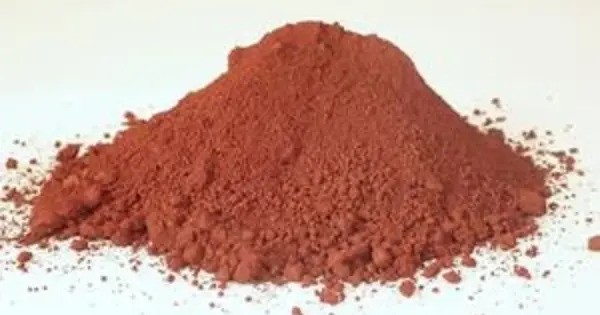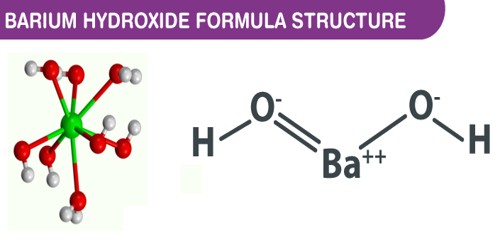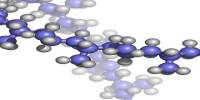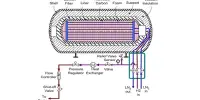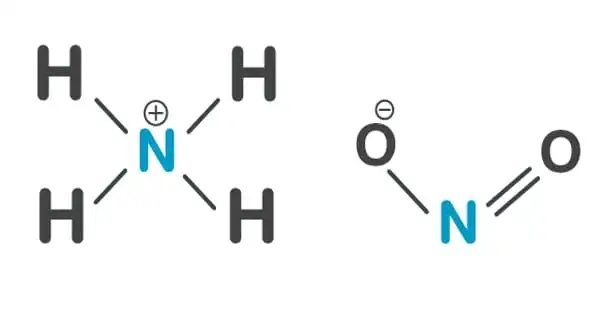Calcium copper titanate (also abbreviated CCTO, for calcium copper titanium oxide) is an inorganic compound with the formula CaCu3Ti4O12. It’s a ceramic material that has gained significant interest, especially in the field of electronics and materials science, because of its exceptionally high dielectric constant (often >10,000 at room temperature), which remains relatively stable across a wide temperature and frequency range.
It is noteworthy for its extremely large dielectric constant (effective relative permittivity) of over 10,000 at room temperature. It is best known for its unusually high dielectric constant, which has attracted considerable interest in the fields of materials science and electronics.
Properties
- Chemical formula: CaCu3Ti4O12
- Molar mass: 614.1789 g/mol
- Appearance: brown solid
- Density: 4.7 g/cm3, solid
- Melting point: >1000 °C
- Color: Brown to dark brown.
- Hardness: Relatively brittle ceramic.
Occurrences and Synthesis
CCTO does not occur naturally and is a synthetic ceramic material. It is produced using various solid-state and chemical methods:
1. Synthesis Methods
- Solid-state reaction: Mixing oxides of Ca, Cu, and Ti at high temperatures (typically above 1000°C).
- Sol-gel method: For finer control over stoichiometry and grain size.
- Pechini method: A polymeric precursor route for fine powder.
- Hydrothermal synthesis: Low-temperature route but less common for bulk material.
2. Industrial and Research Applications
- Capacitors: Due to high dielectric constant.
- Energy storage devices: Promising for high-density energy applications.
- Sensors and varistors.
- Printed electronics: As part of ceramic-polymer composites.
Dielectric properties
- Dielectric Constant (εr): Exceptionally high (~10,000 to 100,000) at room temperature.
- Dielectric Loss (tan δ): Low at low frequencies but increases with temperature and frequency.
- Temperature Stability: Relatively stable dielectric response over a wide temperature range (100–600 K).
This property is frequency dependent and attributed to internal barrier layer capacitance (IBLC) or Maxwell-Wagner polarization. Using the Clausius-Mossotti relation, the calculated intrinsic dielectric constant should be 49. However, CCTO exhibits a dielectric constant upwards of 10,200 at 1 MHz, with a moderate loss tangent until approximately 300 °C. In addition, the relative dielectric constant increases with decreasing frequency (in the range of 1 MHz to 1 kHz). The colossal-dielectric phenomenon is attributed to a grain boundary (internal) barrier layer capacitance (IBLC) instead of an intrinsic property associated with the crystal structure.
